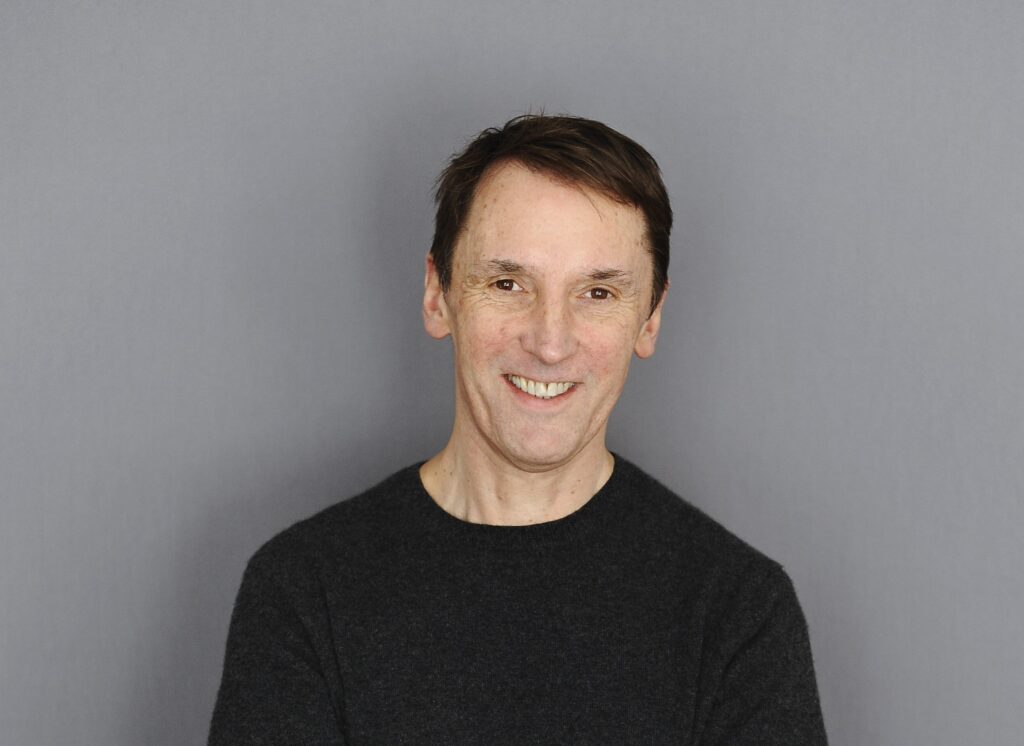It is 1914. Europe seethes with fear and hostility and the First World War is just about to start. Carl Jung, eminent psychiatrist, is sitting in Zurich’s Burghölzli psychiatric hospital, listening to the outpourings of schizophrenics.
For Jung has started to study world cultures and mythology and he wonders if the words of the schizophrenics hold wisdom beneath the surface madness. He explores alchemical symbols. Each morning he records his own dreams and is beginning to see them, like the words of the psychiatric patients, as forming a symbolic narrative coming from the depths of his soul.
Jung is moving away from his affiliation with Freud and the psychological mainstream of the day, who work in the medical style, thinking of symptoms and diagnosis. Jung is journeying alone into an area long occupied by artists, poets and religious leaders.
What happened next to Jung has been called a creative illness, a descent into the underworld, his ‘dark night of the soul’, or – using one of his own images – his ‘night sea journey’.
For Jung himself began to be haunted by disturbing visions and inner voices, which scared and intrigued him. He feared he was moving into a psychosis. If he’d been a patient he might have been sent to the asylum. But being a psychiatrist, Jung decided to explore what was happening to him and to go wholeheartedly into the core of his psyche, unravelling dreams and images and working with whatever his unconscious mind wanted to show him.
He describes one of his first ‘visions’ as a memory of childhood, in which he was playing with building blocks. He had, as a child, made castles and houses from the stones, sticking them together with mud. His vision/memory was accompanied by a good deal of emotion. He realised that in the inner world this boy-self building castles still existed and existed passionately, possessing “a creative life which I lack.”
To reconnect to this inner child, Jung returned to the pastime of his childhood and began himself to build little villages of stone structures. Part of him wondered if he was going mad, or becoming ridiculous, yet there also existed inside him a conviction that this was the right way forward and that he was on his way to “discovering my own myth.”
For about six years, between appointments with patients, Jung sat in his book-lined office and recorded his ‘active imaginings’. Writing in German, he filled 205 oversize pages with elaborate calligraphy and with detailed, coloured illustrations.
What Jung wrote was neither an academic essay nor a diary. Instead, it was a kind of fantastic and richly symbolic poem or narrative. Despite his fears of madness, he was driven a stronger belief that moving between the inner jungle and the rational, the conscious and the unconscious, was in itself an important creative act.
In fact this inner journey became the foundation for all his later work and for what analytical psychology would become. Writing later he said that these were the most important years of his life and that “everything else is to be derived from this.”
What Can We Learn from Jung?
When Jung followed his inner child into the depths of his unconscious, he threw rational caution to the winds and took childlike activities such as playing with building blocks, extremely seriously.
Today it’s easy to ignore all the images that go through our minds, to forget our dreams on waking up, and to denigrate the idea of the ‘inner child’ as the stuff of silly self-help books or self-indulgent new-age nonsense. In modern life doing what Jung did and connecting to being a child, is utterly at odds with the kind of go-getting ego that we admire. Our ego wants to be analytical and capable, well-adapted and easily able to fit in with social norms and the demands of the institutions where we work and the society in which we live.
But the child part of us does exist and it’s rebellious, emotional, and vulnerable, as well as full of wonder and creativity.
Using The Inner Child To Nourish Your Creative Work
The unique gift of the inner child to an artist, is its ability to be creative and to get lost in play. It can also hold the key to creative dilemmas and creative blocks.
But as with any work with an inner image or symbol, it’s useful to not get lost in it. We need to remember that there is another shadow side to the child too, as there is to everything. All those positive qualities of wonder and optimism and enthusiasm, freedom from cultural constraints and copying and the influences of others, come with baggage – the baggage of any ordinary child, such as tantrums and silliness – and your own personal baggage. For this is your inner child which has been through all the difficulties and traumas that you have.
How can you work with this inner child to enhance your work? First, you need to imagine and get in touch with it, perhaps through old photos or memories. Writing about experiences you had as a child can work, as can dialoguing with the child, writing first as your adult self and then imaginatively stepping into the child to write its answers. You could also draw or paint its responses.
Another way is simply through the imagination, travelling in your mind’s eye to see your inner child and just taking up where you meet it. How old is it? What memories come to mind when you see it? How does it feel? If you are struggling with some part of your life, you may find that your struggles are echoed in how you see the child – it may be unhappy, or in rags or in a place it dislikes.
After taking an imaginal journey, make something from what you have discovered. This doesn’t have to be a great masterpiece or even a finished product of any kind, but simply something to bear witness to what you found. It could be a drawing or a piece of writing or music.
Creating engages the adult side of you as well as the child, brings the inner worlds into the outer world. What you create serves to remind you in the future, that what you saw was real, in its own way.
Remember that working with the inner child, or with other images and ideas that spring from your imagination, is a process, a journey. You may well find specific answers to questions that have perplexed you, and ideas to work with. But just as importantly, this is therapeutic work. Over time it will enhance you as a person. Through it, you will grow and move into your future work, just as Jung unearthed the seeds for all the work he was later to accomplish.
Finally, a word of caution. If you are in a particularly vulnerable state, have been through deep trauma either now or in the past, working with inner images and the inner child needs to be done with caution. Such explorations can bring up troubling feelings that may be too much for you, so please be wary. It may be wise at this time for you to see a psychotherapist.



